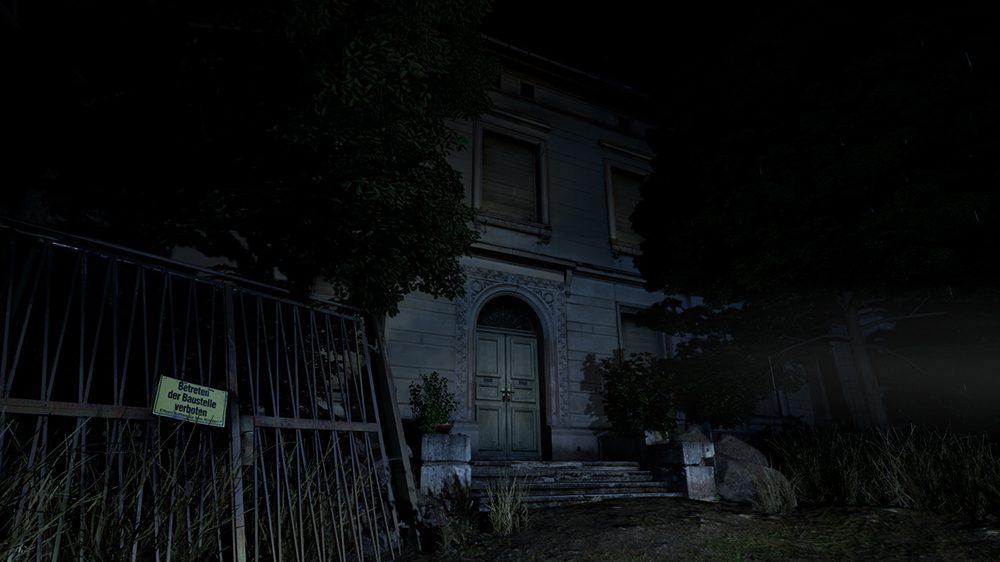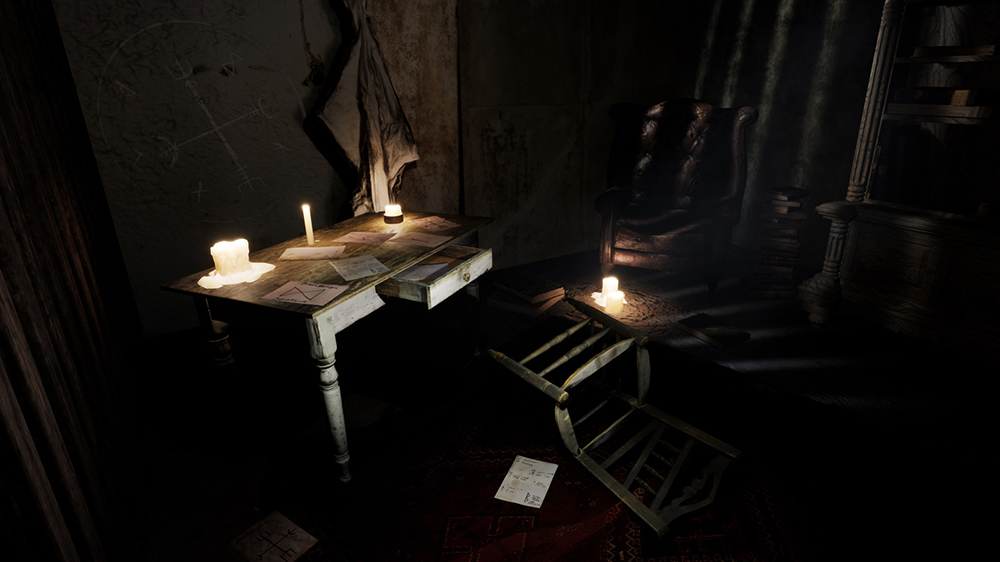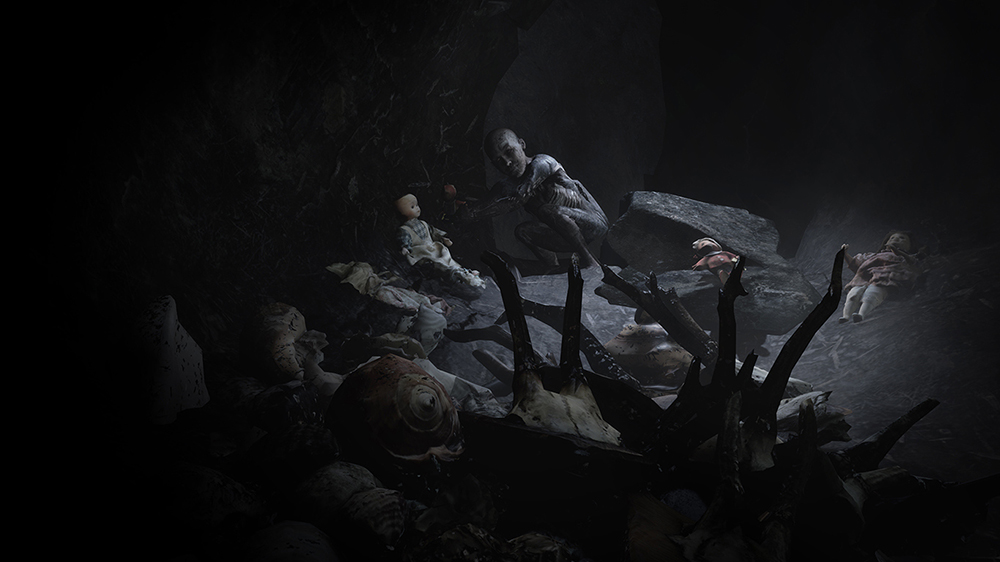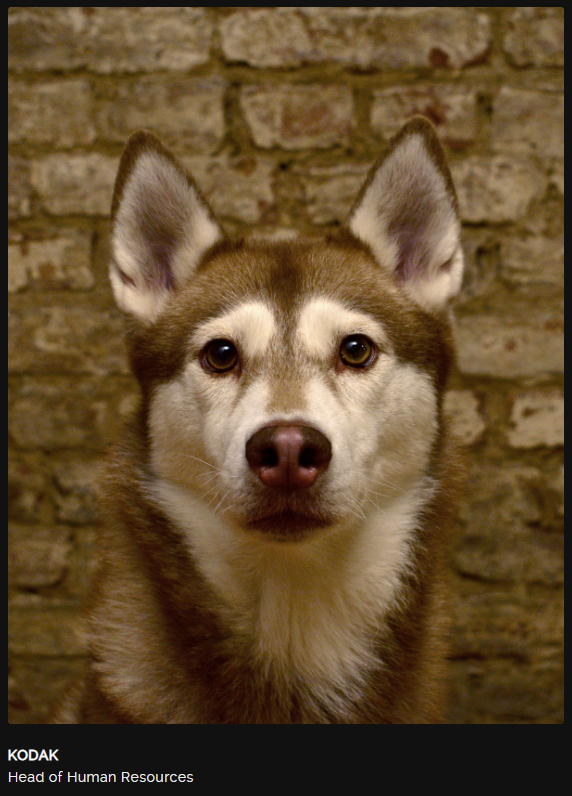As technology advances, the line between different mediums for telling stories continues to blur. Developers at AnotherWorld seek to explore what is possible by merging traditional storytelling tools in film and television with the immersion of digital entertainment. We sat down with Creative Directors Ioulia Isserlis and Max Sacker to hear from them about their experience crafting the chilling mixed-media horror story KOBOLD.
Interview by Nathan Allen Ortega, Vive
[youtube https://www.youtube.com/watch?v=4bncaA6L_kw]
For the uninitiated, tell us a bit about yourself and the team at AnotherWorld.
Ioulia: We are a content production studio based in Berlin. Half of our team has a film background and the other half comes from game development. The convergence of these two fields is what drives our passion in blurring the line between cinema and interactive VR gaming.
What inspired the creation of the chilling and immersive mixed media experience KOBOLD?
Max: The idea of stepping into the movie screen is a filmmaker’s dream that has been made possible with virtual reality.

Ioulia: When I was a child and I would watch movies, I always imagined how it would be to enter the film’s universe and join its characters. I even used to invent a whole new character just for myself and the film continued with me in it in my mind. In KOBOLD you first watch short film that has an open ending and then you leave your passive spectator role behind and become the protagonist.
KOBOLD is super atmospheric and terrifying. What were some of the main influences on the tone and concepts explored in this game-film hybrid?
Max: We didn’t want to do another graphic zombie scenario or vampire adaptation, and instead drew inspiration from European folklore and fairy tales. Authenticity was very important to us, because in the past, the horror genre has been over-saturated with schlocky, generic content and uninspired remakes, often drowning out the more original content and giving the genre a bad name. Storytelling centered around local folklore, traditions or culture are now becoming more appreciated. This has been understood by innovative horror creators and if you look at upcoming TV series, independent films or even recent blockbuster titles, we are now seeing a renaissance in high-quality horror.

Cross-media stories can be tricky to create, especially with new technology such as VR. Share with us a bit of what the process was like developing KOBOLD.
Ioulia: This process was indeed tricky and exciting at the same time. Movies and games work very differently (passive vs active storytelling) and KOBOLD stands somewhere in between the two. Hence, it was challenging to find this golden middle for our film-and story living concept.

Developing a narrative in VR is different to traditional film making in the sense that whatever is said or planned in the script is not guaranteed to stay in the VR experience or game. In VR, the process of developing a script is always ongoing. Only after testing an idea in the virtual environment will you really see if it works or not.
The story of KOBOLD delves into really interesting (and scary) folklore. Was this something the team wanted to explore from the beginning or did it become a part of the project during development?
Max: The KOBOLD VR Experience is inspired by pagan mythology, ancient superstitions and the old Germanic fairy tales that don’t always have a positive ending. A kobold is creature from northern European folklore that has been represented in many different ways over the centuries. In the KOBOLD VR Experience, it is certainly not a cute little gnome or a mischievous elf but something far more terrifying.
Were there any particular challenges you encountered during development that surprised you?
Max: Early in the process we experimented with photogrammetry, and our tests confirmed our feeling that scanning real world characters, locations and objects could provide a foundation of cinematic realism, granting players the ability to walk freely in a 3D scanned environment would be the key to immersing them in the story. I’m happy that we decided to scan all of our environments, characters and assets. On the flipside, though, scanned objects do take their toll on game performance if they are not carefully optimized. Making the complex 3D environment we captured run smoothly, especially when illuminated by dynamic lights that cast realistic shadows meant diving into a pipeline of performance optimization that even the biggest game studios struggle with. It was a steep learning curve with many hidden surprises.

How long did KOBOLD take to develop? What was the size of the team throughout the process?
Max: The KOBOLD VR Experience has been in development for one and a half years, with a team of ten dedicated VR developers covering the areas of VR storytelling, programming, level and character design, photogrammetry, motion capture, facial animation, spatial audio design and tweaking the invisible magic that happens in the game engine. In addition, the short film that can be watched before or after entering the VR Experience was made possible by a dedicated film crew and brought to life by very talented actors, including a little boy that was 5 years old at the time.
Your Head of Human Resources is adorable! Does Kodak also help with development? : )

Absolutely! She is an integral part of our team and always there for everybody during stressful times. She is also our CFO: The Chief Officer of Fluffiness.
What’s next for AnotherWorld? Are there more possibilities in mixed media VR you might explore or are there other kinds of projects on the horizon?
Ioulia: Our next project is a mixed media VR experience as well. We are producing the VR game for the Sky series Pagan Peak. This will be a multi-player horror escape game set in the Alps on the German/Austrian border. The players are captured by the so called Krampus Killer, a serial killer that identifies with the “Krampus”, a half-goat, half-demon from European folklore, who during the Christmas season, punishes children who have misbehaved…
Wow, that sounds terrifying AND perfectly timed for the holidays. Can’t wait!
Thanks so much for taking the time to speak to us.
KOBOLD: CHAPTER I is out now on Viveport and as part of Viveport Subscription.
Website: LINK
Schreibe einen Kommentar
Du musst angemeldet sein, um einen Kommentar abzugeben.